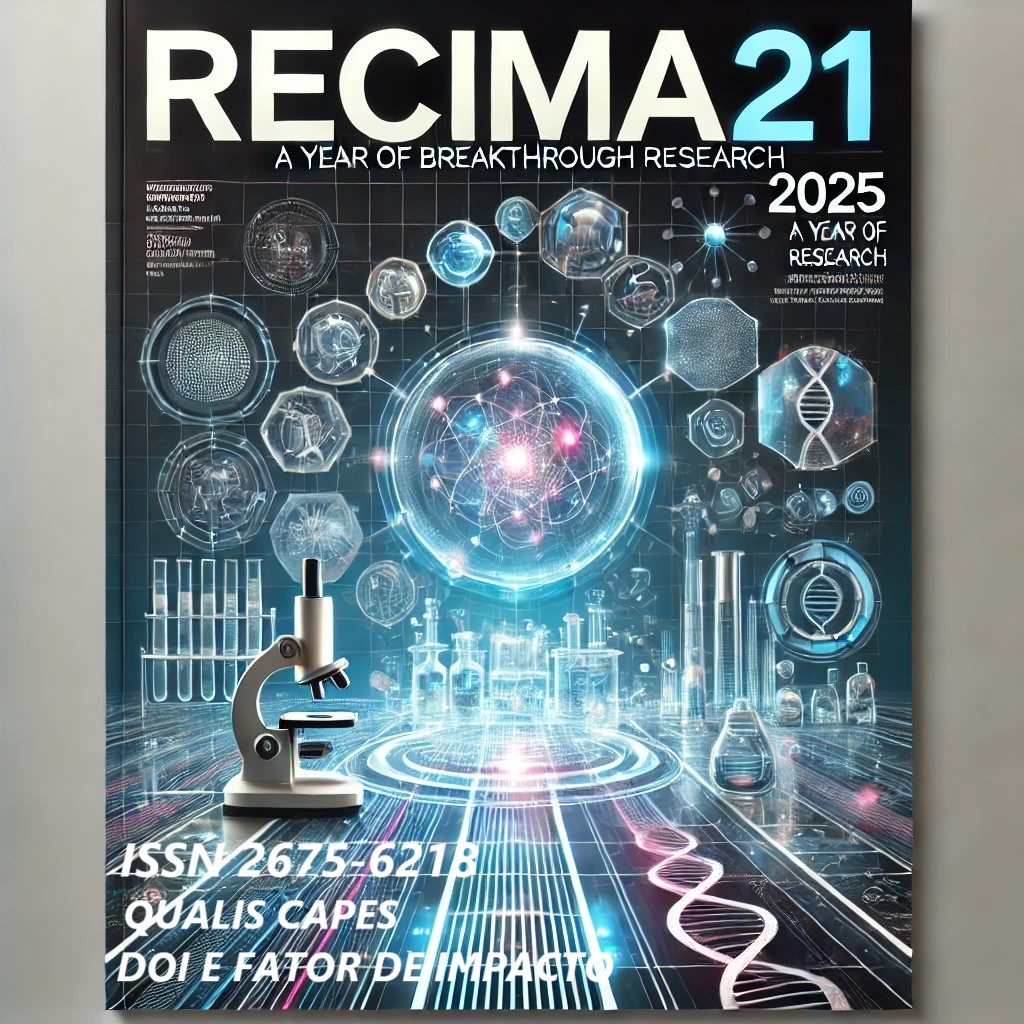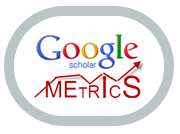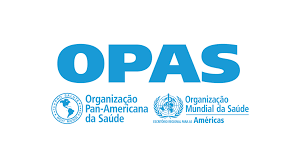VISUAL AND AUDITORY ALTERATIONS IN PEDIATRIC PATIENTS WITH ASD
DOI:
https://doi.org/10.47820/recima21.v6i5.6419Keywords:
Autism Spectrum Disorder, Audiovisual Integration, Sensory Processing, Language Development, Multisensory PerceptionAbstract
This study addresses visual and auditory alterations in children with Autism Spectrum Disorder (ASD) and their implications for language development and sensory integration. Through an integrative literature review, three main thematic categories were identified: (i) deficits in auditory processing, such as difficulties with temporal synchronization between visual and auditory stimuli; (ii) alterations in visual processing, with hyperactivation of the visual cortex and difficulties in perceiving relevant visual cues; and (iii) impaired audiovisual integration, which compromises the ability to combine sensory information. The findings indicate that these anomalies limit speech perception, attention, and social interaction, directly affecting language development. The study highlights the need for clinical interventions based on multisensory approaches that stimulate audiovisual integration, considering individual sensory profiles and the severity of symptoms.
Downloads
References
BAUM, S. H.; STEVENSON, R. A.; WALLACE, M. T. Testing sensory and multisensory function in children with autism spectrum disorder. Journal of visualized experiments: JoVE, n. 98, e52677, 2015. https://doi.org/10.3791/52677. DOI: https://doi.org/10.3791/52677-v
DWYER, P.; TAKARAE, Y.; ZADEH, I.; RIVERA, S. M.; SARON, C. D. Multisensory integration and interactions across vision, hearing, and somatosensation in autism spectrum development and typical development. Neuropsychologia, v. 175, p. 108340, 2022. https://doi.org/10.1016/j.neuropsychologia.2022.108340. DOI: https://doi.org/10.1016/j.neuropsychologia.2022.108340
FISHER, W. W.; RETZLAFF, B. J.; AKERS, J. S.; DESOUZA, A. A.; KAMINSKI, A. J.; MACHADO, M. A. Establishing initial auditory-visual conditional discriminations and emergence of initial tacts in young children with autism spectrum disorder. Journal of applied behavior analysis, v. 52, n. 4, p. 1089–1106, 2019. https://doi.org/10.1002/jaba.586. DOI: https://doi.org/10.1002/jaba.586
JAO KEEHN, R. J.; SANCHEZ, S. S.; STEWART, C. R.; ZHAO, W.; GRENESKO-STEVENS, E. L.; KEEHN, B.; MÜLLER, R. A. Impaired downregulation of visual cortex during auditory processing is associated with autism symptomatology in children and adolescents with autism spectrum disorder. Autism research: official journal of the International Society for Autism Research, v. 10, n. 1, p. 130–143, 2017. https://doi.org/10.1002/aur.1636. DOI: https://doi.org/10.1002/aur.1636
JOANNA BRIGGS INSTITUTE. Critical appraisal tools. Adelaide: The University of Adelaide, 2017. Disponível em: https://jbi.global/critical-appraisal-tools.
LIN, I. F.; SHIRAMA, A.; KATO, N.; KASHINO, M. The singular nature of auditory and visual scene analysis in autism. Philosophical transactions of the Royal Society of London. Series B, Biological sciences, v. 372, n. 1714, p. 20160115, 2017. https://doi.org/10.1098/rstb.2016.0115. DOI: https://doi.org/10.1098/rstb.2016.0115
RIGHI, G.; TENENBAUM, E. J.; MCCORMICK, C.; BLOSSOM, M.; AMSO, D.; SHEINKOPF, S. J. Sensitivity to audio-visual synchrony and its relation to language abilities in children with and without ASD. Autism research: official journal of the International Society for Autism Research, v. 11, n. 4, p. 645–653, 2018. https://doi.org/10.1002/aur.1918. DOI: https://doi.org/10.1002/aur.1918
WHITTEMORE, R.; KNAFL, K. The integrative review: updated methodology. Journal of Advanced Nursing, Oxford, v. 52, n. 5, p. 546–553, 2005. DOI: https://doi.org/10.1111/j.1365-2648.2005.03621.x DOI: https://doi.org/10.1111/j.1365-2648.2005.03621.x
Downloads
Published
License
Copyright (c) 2025 RECIMA21 - Revista Científica Multidisciplinar - ISSN 2675-6218

This work is licensed under a Creative Commons Attribution 4.0 International License.
Os direitos autorais dos artigos/resenhas/TCCs publicados pertecem à revista RECIMA21, e seguem o padrão Creative Commons (CC BY 4.0), permitindo a cópia ou reprodução, desde que cite a fonte e respeite os direitos dos autores e contenham menção aos mesmos nos créditos. Toda e qualquer obra publicada na revista, seu conteúdo é de responsabilidade dos autores, cabendo a RECIMA21 apenas ser o veículo de divulgação, seguindo os padrões nacionais e internacionais de publicação.













